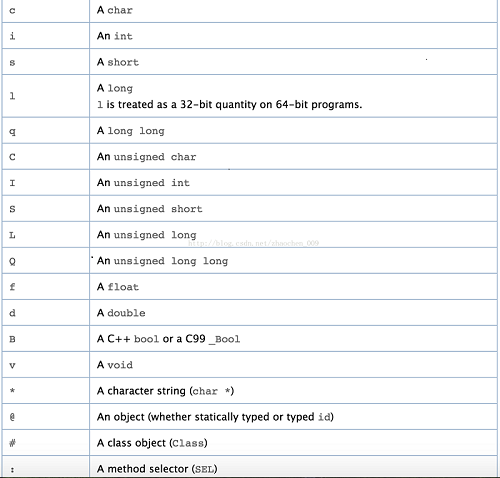ios runtime forwardinvocation详解
代码:
testmodel
|
1
2
3
4
5
6
7
8
9
10
11
12
13
14
15
16
17
18
19
|
- (nsmethodsignature *)methodsignatureforselector:(sel)aselector { if(aselector == @selector(testmethod)) { return [nsmethodsignature signaturewithobjctypes:"v@:"]; } return nil; } -(void)forwardinvocation:(nsinvocation *)aninvocation { if (aninvocation.selector == @selector(testmethod)) { testmodelhelper1 *h1 = [[testmodelhelper1 alloc] init]; testmodelhelper2 *h2 = [[testmodelhelper2 alloc] init]; [aninvocation invokewithtarget:h1]; [aninvocation invokewithtarget:h2]; } } |
testmodelhelper1
|
1
2
3
4
5
6
7
8
9
10
|
-(void)testmethod { nslog(@"i am testmodelhelper1"); } testmodelhelper2[objc] view plain copy-(void)testmethod { nslog(@"i am testmodelhelper2"); } |
主调用类
|
1
2
|
testmodel *model = [[testmodel alloc] init]; [model testmethod]; |
testmodel本身没有实现testmethod方法,但最终运行后,程序没有报错,且testmodelhelper1和testmodelhelper2的testmethod方法都被执行了
1.forwardingtargetforselector同为消息转发,但在实践层面上有什么区别?何时可以考虑把消息下放到forwardinvocation阶段转发?
forwardingtargetforselector仅支持一个对象的返回,也就是说消息只能被转发给一个对象
forwardinvocation可以将消息同时转发给任意多个对象
2.methodsignatureforselector如何实现?
methodsignatureforselector用于描述被转发的消息,描述的格式要遵循以下规则点击打开链接

首先,先要了解的是,每个方法都有self和_cmd两个默认的隐藏参数,self即接收消息的对象本身,_cmd即是selector选择器,所以,描述的大概格式是:返回值@:参数。@即为self,:对应_cmd(selector).返回值和参数根据不同函数定义做具体调整。
比如下面这个函数
|
1
|
-(void)testmethod; |
返回值为void,没有参数,按照上面的表格中的符号说明,再结合上面提到的概念,这个函数的描述即为 v@:
v代表void,@代表self(self就是个对象,所以用@),:代表_cmd(selector)
再练一个
|
1
|
-(nsstring *)testmethod2:(nsstring *)str; |
描述为 @@:@
第一个@代表返回值nsstring*,对象;第二个@代表self;:代表_cmd(selector);第三个@代表参数str,nsstring对象类型
如果实在拿不准,不会写,还可以简单写段代码,借助method_gettypeencoding方法去查看某个函数的描述,比如
|
1
2
3
4
5
6
7
8
|
-(void)testmethod { nslog(@"i am testmodelhelper1"); method method = class_getinstancemethod(self.class, @selector(testmethod)); const char *des = method_gettypeencoding(method); nsstring *desstr = [nsstring stringwithcstring:des encoding:nsutf8stringencoding]; nslog(@"%@",desstr); } |

把数字去掉,剩下v@:,与之前我们的描述一致
|
1
2
3
4
5
6
7
8
|
-(nsstring *)testmethod2:(nsstring *)str { method method = class_getinstancemethod(self.class, @selector(testmethod2:)); const charchar *des = method_gettypeencoding(method); nsstring *desstr = [nsstring stringwithcstring:des encoding:nsutf8stringencoding]; nslog(@"%@",desstr); return @""; } |

结果是@@:@,与之前结论一致
感谢阅读,希望能帮助到大家,谢谢大家对本站的支持!
















